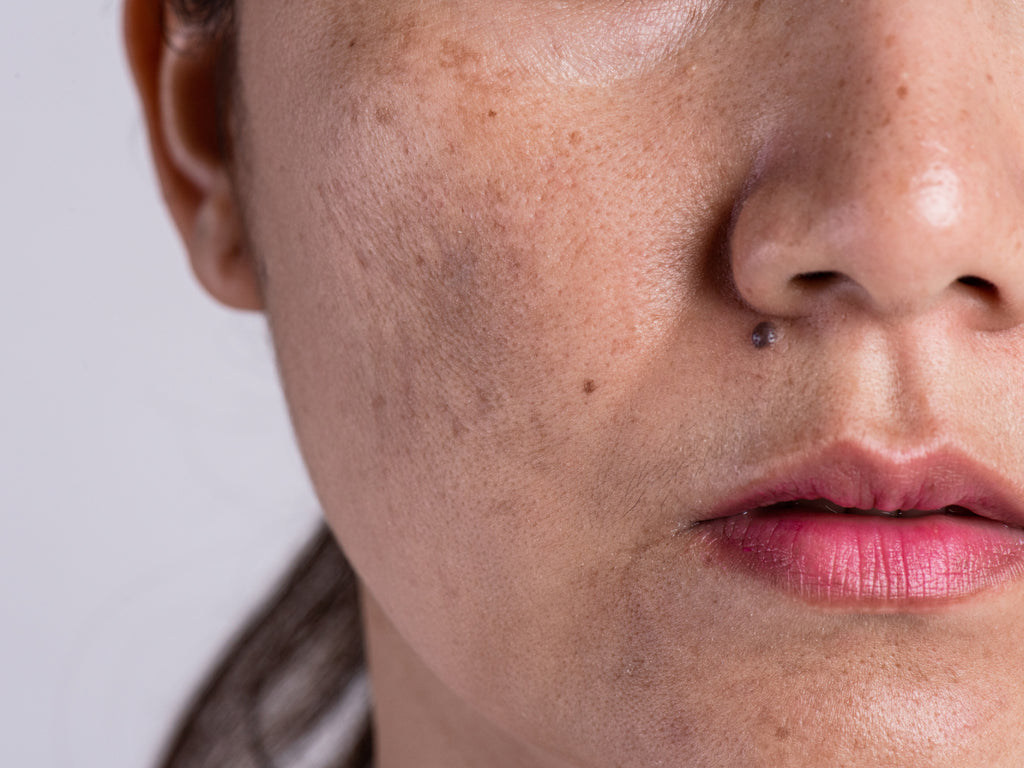Post-inflammatory hyperpigmentation (PIH) occurs when the skin has experienced inflammation. That inflammation could have been triggered by all sorts of things, so there’s no one definite cause of PIH, but here are some common culprits:
- Acne
- Eczema
- Allergic reaction or rash
- Psoriasis
- Injury, such as a scrape, friction burn or graze
- Infection
- Surgery
- Badly-managed cosmetic procedure such as microdermabrasion, lasers or chemical peels
- Picking at a spot
- Burns, both chemical, chemo or heat-related
Whatever it was that caused the body to trigger an inflammatory response, the effects are the same. The inflammation causes melanocyte cells to overproduce melanin, the protein pigment that colours the skin. The excess of melanin can get forced beyond the epidermis (the top layer of skin) into the dermis (the second layer), where it gets stuck, leaving the skin darker or differently coloured to the surrounding area.
For more information on post-inflammatory hyperpigmentation, see our next blog Is Post-Inflammatory Hyperpigmentation Permanent? or read Alaa Hassan’s personal experience of PIH in her article Post-Inflammatory Hyperpigmentation, Eczema & Me
Recommended products:
Balmonds Skin Salvation balm to hydrate skin during an inflammatory episode
Balmonds Daily Moisturising Cream for daily maintenance of dry or sensitive skin
Balmonds Rosehip Scar Oil for long-term application to improve the appearance of uneven or hyperpigmented skin tone






